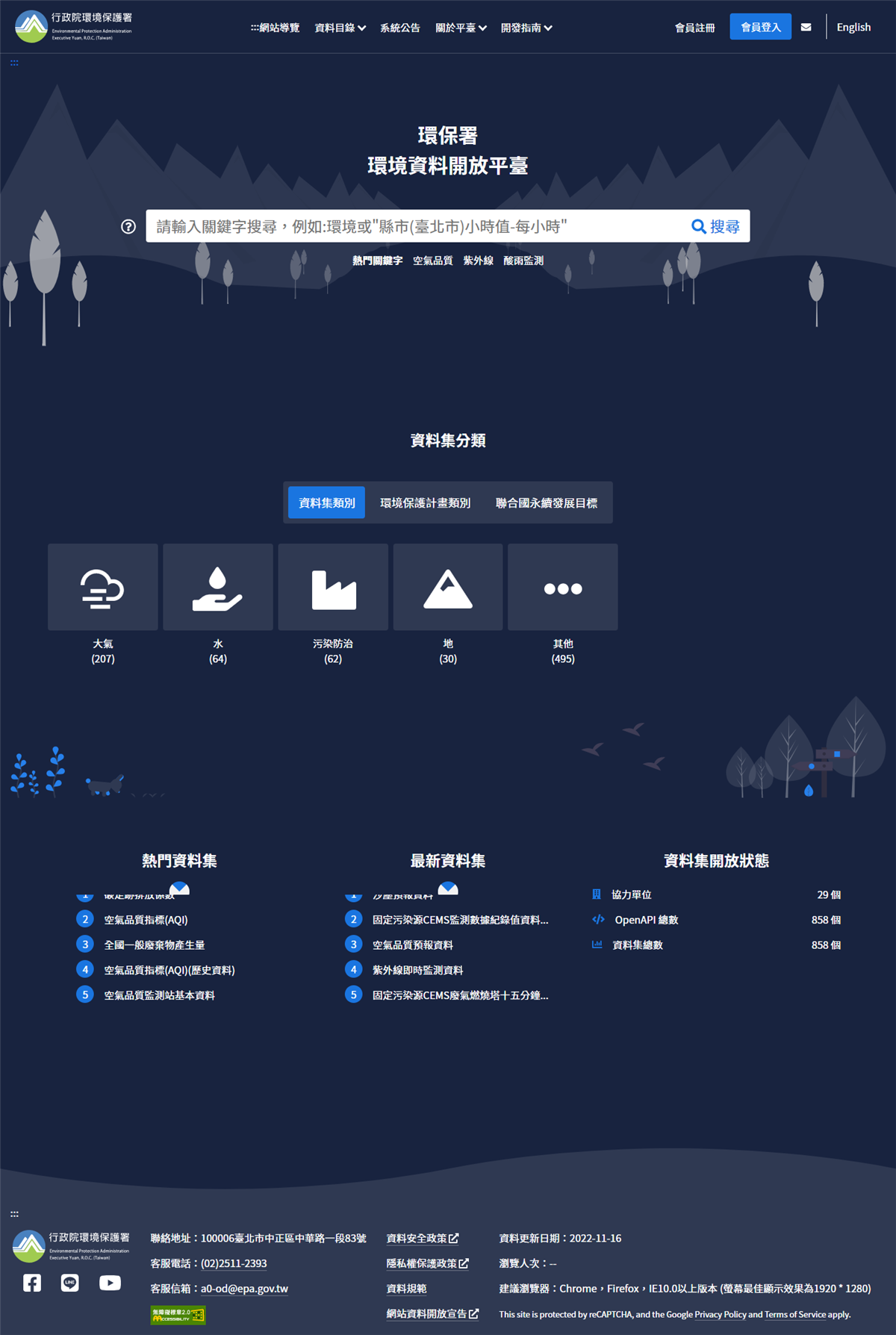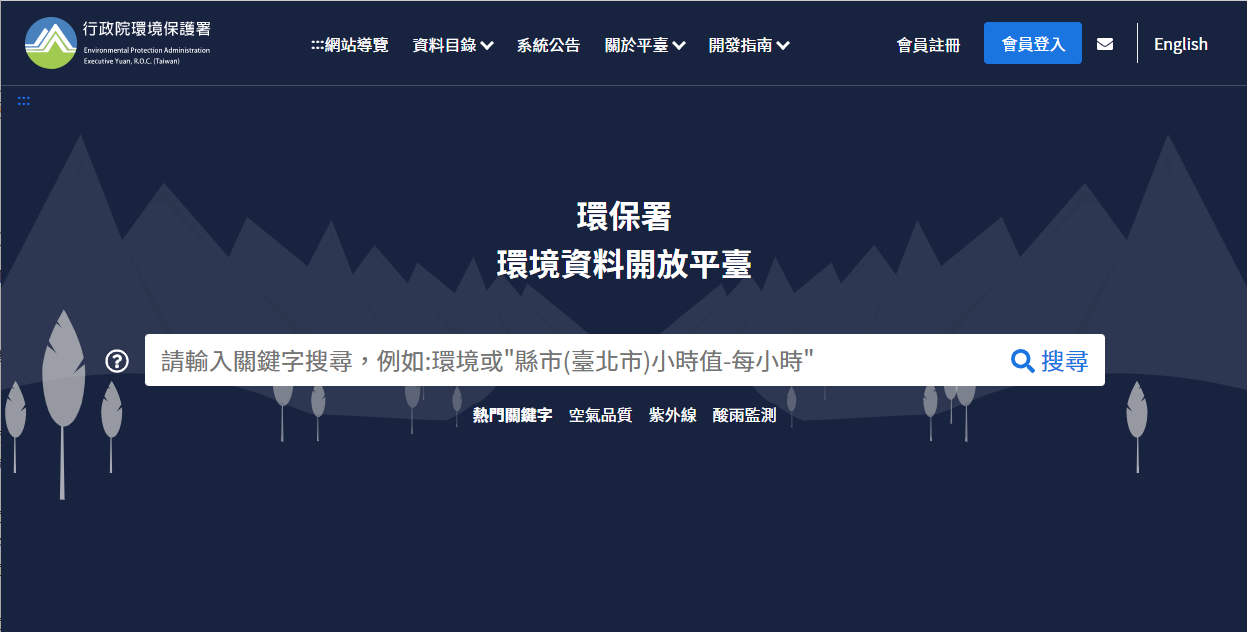
The main purpose is to integrate the environmental resource data of various affiliated agencies of the Ministry of Environment and Resources in the future to form an "environmental cloud". In the case of compliance with regulations, it provides internal analysis applications and other government agencies, industry-university units, and the general public.
1. Open data and make it transparent, maximizing value-added applications: According to the type of data, the data can be divided into two categories: free access and application. The openness, circulation, and analysis of data can promote the participation of ordinary people, and promote the society to think of new solutions and programs, and achieve the results of social innovation and open decision-making.
2. Link the governance network to optimize the quality of decision-making: use data-oriented computing and analysis to optimize various policy decisions to facilitate the resolution of existing problems.
3. Integrate service functions and innovate smart services: such as real-time intelligent monitoring and application of environmental resources.
Provide data sets such as temperature, rainfall, ultraviolet rays, air quality, carbon emissions, etc., and provide a large number of access modes for member APIs, so that users can easily obtain relevant data on the climate and environment, and promote cross-agency and private collaboration and service convenience. Promote value-added applications for all.


| Update Date: | 2025/11/12 |


